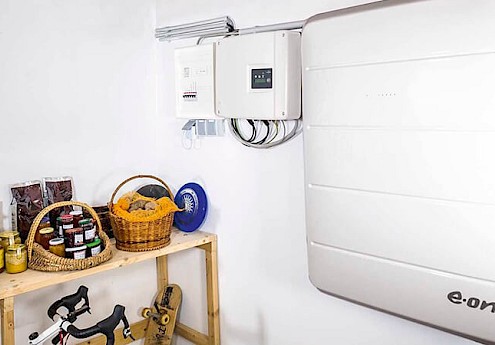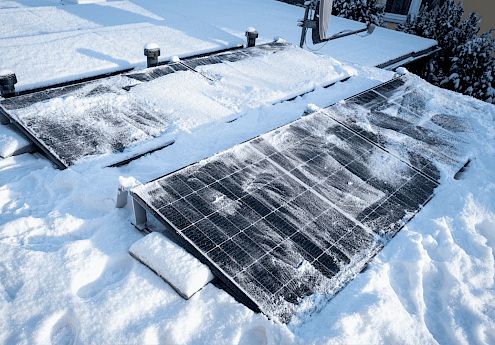
What you should know about energy storage
The great advantage of photovoltaic systems is their storage capacity, which makes it possible to collect excess electricity in batteries, then feed it into the public grid and have it reimbursed. If you need more electricity than the solar system produces, the battery is discharged and electricity is drawn from the public grid. The size of the PV system should be designed according to how much electricity is required. A four-person household consumes around three to eight kilowatt hours, i.e. about as much as is used in the evening and at night.
Electricity storage differs in the way the battery is connected to the system and in the storage technology that the individual variants use. For a new installation, a DC-coupled system is recommended, where the coupling is implemented before the inverter bridge in the DC link. Here, directly used and temporarily stored electricity share an inverter that converts the direct current into alternating current.
AC-coupled systems function as separate storage devices that can also be easily installed in the retrofit. In addition, other power generators such as micro CHP systems can also be connected. However, the overall efficiency of AC systems is lower than that of DC-coupled systems.
The course of the day with a solar power storage
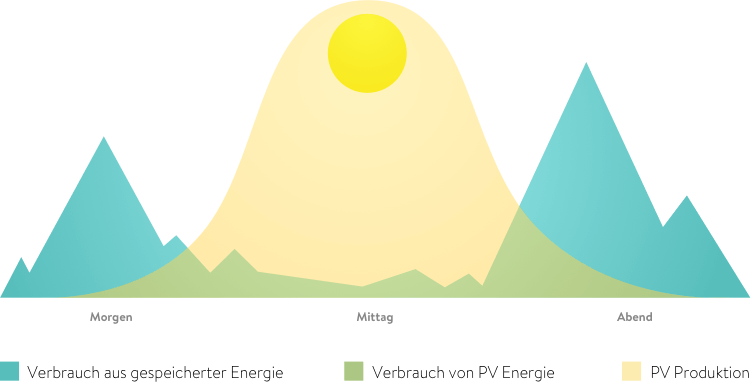
Different types of batteries and how they work
Two technologies have prevailed in battery systems: lithium-ion batteries and lead-acid batteries.
Energy storage lead-acid battery
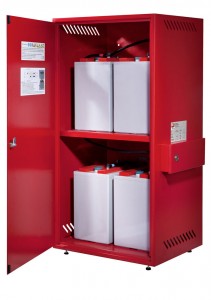
In the lead-acid range, a distinction is made between lead-gel and lead-fleece batteries. A lead-acid battery uses 38 percent sulfuric acid as the electrolyte. In batteries that use lead and gel, the sulfuric acid is bound by adding silicic acid and the battery is sealed. The addition of water is no longer necessary, which makes this form of battery almost completely maintenance-free. Due to the lower material costs, lead batteries are cheaper to buy, but at 80-85 percent their efficiency is significantly lower than with lithium ions. In addition, the service life of lead-acid batteries is significantly shorter and their self-discharge is relatively high at five to ten percent per month. The performance of lead is strongly dependent on the ambient temperature. In the case of liquid lead-acid batteries, the electrolyte must be topped up regularly and outgassing must be ensured by means of ventilation.
Solar power storage lithium-ion battery
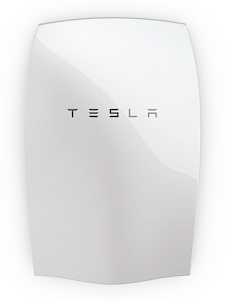
In the field of lithium-ion batteries, there are different versions, either with lithium iron phosphate or with lithium manganese oxide. High-quality lithium-ion batteries complete around 5,000 charging cycles and have a service life of around 20 years. With an efficiency of 90-95 percent and a self-discharge of around one percent per month, energy storage devices with lithium-ions are significantly better than the lead-acid variants. In addition, they are space-saving when set up or can even be installed in one housing together with the inverter. Lithium-ion batteries are more expensive to buy because they are more complex to process. However, these additional costs are amortized due to the low maintenance costs, the higher efficiency and the longer service life.
Many brands, many options
The market is big, so it pays to compare the different offers carefully. The lists below do not claim to be complete.
Solar power storage with lead
- Hoppecke Sunpower Pack,
- SolarInvert Storage,
- IBC Solstore,
- Nedap Powerrouter,
- BAE Sundepot
- Senec Senec.Home
Solar storage with lithium ions
- LG Chem,
- Sonnen Sonnenbatterie,
- Samsung SDI,
- E.ON Aura / Solarwatt MyReserve,
- Tesla Powerwall
- E3/DC
- RWE HomePower Storage,
- Deutsche Accumotive (Mercedes / Daimler).
Which form of photovoltaic storage you choose depends on your needs and the options available. Lead and gel batteries have been tried and tested for a long time, lithium-ion batteries are a more recent development. But research and technology never stand still, and even less so the willingness to innovate on the part of the manufacturers, who primarily want one thing: progress. Dealing with technical intricacies helps to question mere marketing strategies based on your own expertise. On the online marketplace SecondSol you can get comprehensive information and find the best product variants for your own system.


